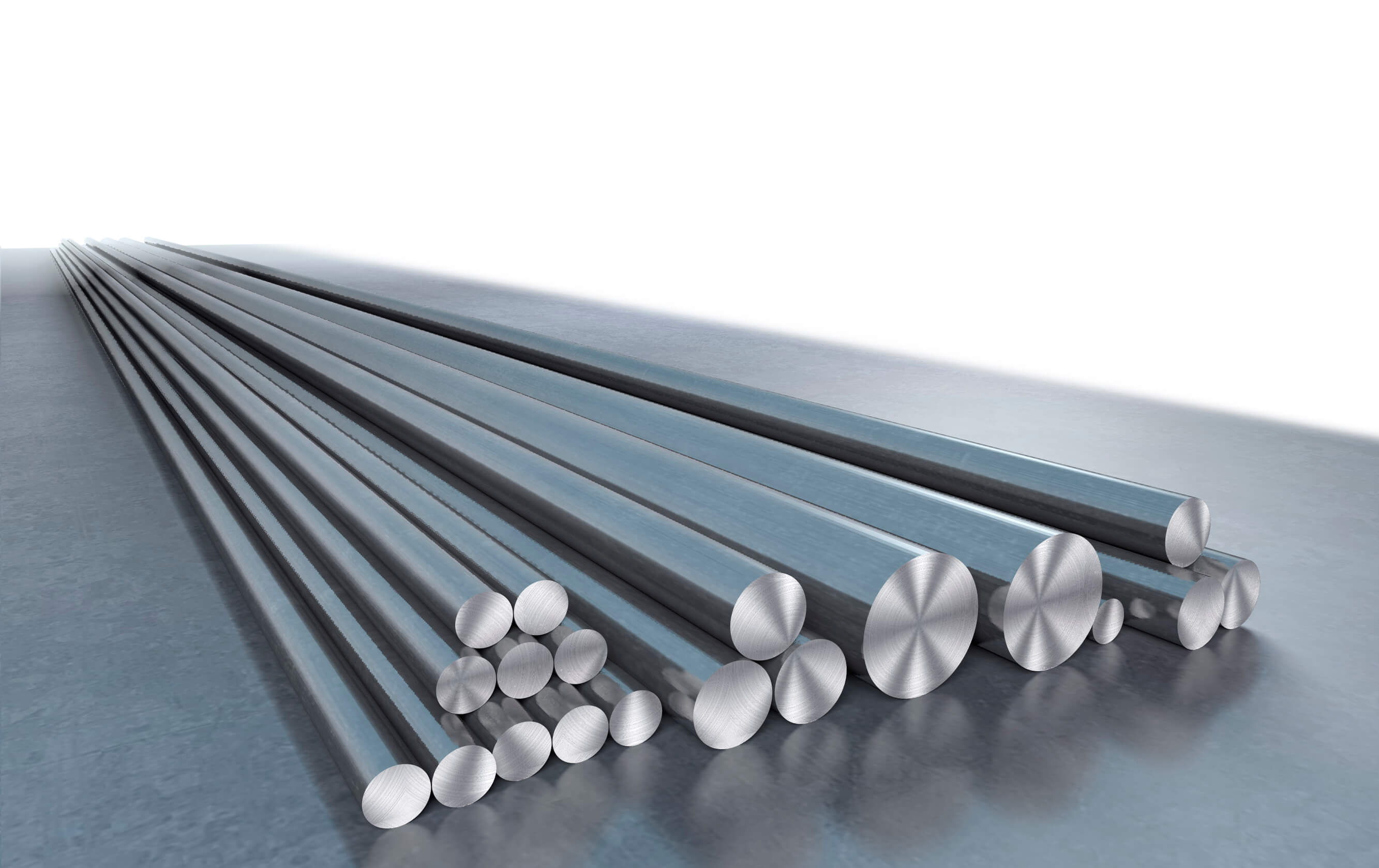views

Stainless Steel 310, often called "310S," is a remarkable alloy known for its exceptional heat resistance. Among its various applications, 310 bars are especially valued in industries where exposure to high temperatures is common. In this article, we delve into the science behind the remarkable heat resistance of Stainless Steel 310 bars.
Composition and Structure
Stainless Steel 310's impressive heat resistance is due to its unique composition. It primarily consists of:
Chromium (Cr): Typically around 24-26%, Cr forms a protective oxide layer on the surface when exposed to high temperatures. This layer, also known as passive film, prevents further oxidation and corrosion.
Nickel (Ni): With a nickel content of 19-22%, Stainless Steel 310 maintains its flexibility and toughness even at elevated temperatures.
Iron (Fe): The iron content ensures structural stability and makes up the bulk of the alloy.
Small amounts of manganese, silicon, carbon, phosphorus, and sulfur also fine-tune the alloy's properties.
Oxidation Resistance
One of the primary challenges at high temperatures is oxidation, which can weaken materials over time. Stainless Steel 310 bars excel in this regard due to the chromium content. When heated, chromium reacts with oxygen to form a passive, self-healing oxide layer on the surface. This layer effectively shields the underlying material from further oxidation, ensuring the integrity of the bars even in extreme conditions.
Creep Resistance
Creep is the gradual deformation of a material under a constant load at high temperatures. Stainless Steel 310's composition and structure make it highly resistant to creep, allowing it to maintain its shape and strength over prolonged exposure to elevated temperatures. This property is crucial in applications like furnace components and heat treatment equipment.
Thermal Expansion
Stainless Steel 310 bars have a low coefficient of thermal expansion, meaning they expand minimally when exposed to heat. This characteristic is essential in applications where dimensional stability is critical. The bars can maintain their shape and structural integrity under the thermal stresses caused by rapid heating and cooling cycles.
Applications of Stainless Steel 310 Bars
The superior heat resistance of Stainless Steel 310 bars makes them invaluable in a range of industries:
Heat Treatment Furnaces: Stainless Steel 310 bars are often used to construct furnace components, such as radiant tubes and heating elements, exposed to extreme temperatures.
Chemical Processing: Their resistance to oxidation and corrosion makes 310 bars suitable for chemical processing equipment that handles high-temperature reactions and corrosive substances.
Aerospace: In aerospace applications, Stainless Steel 310 bars are employed in components like jet engine exhaust systems, which must endure high temperatures and mechanical stresses.
Petrochemical Industry: The petrochemical sector's Heat exchangers and piping systems benefit from the alloy's ability to withstand elevated temperatures and corrosive environments.
Conclusion
In summary, the exceptional heat resistance of Stainless Steel 310 bars results from a carefully balanced composition and structure. Its high chromium and nickel content, along with other alloying elements, forms a protective oxide layer that shields it from oxidation, maintains resistance to creep, and exhibits minimal thermal expansion. These properties have made Stainless Steel 310 bars a crucial material in various industries where exposure to high temperatures is a constant challenge, ensuring durability, longevity, and safety in demanding applications.





















Comments
0 comment